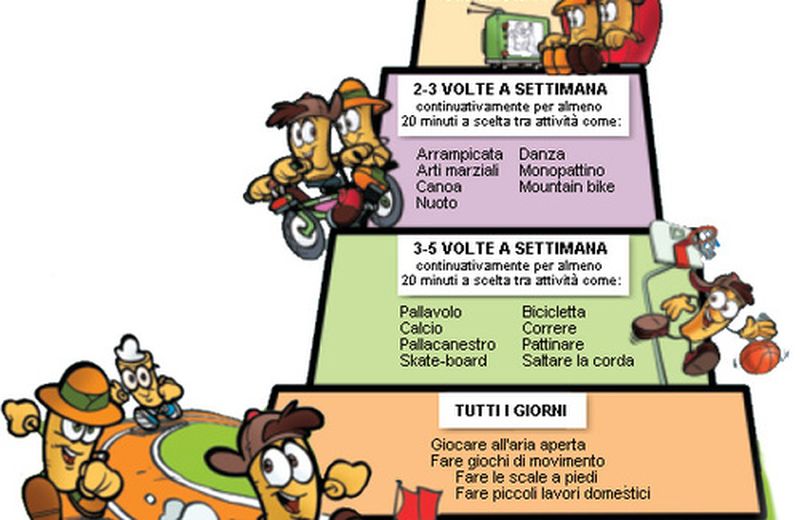The general practitioner and the prescription of physical activity
The General Practitioner (GP) / Family Doctor (MdF), protagonist in the prevention and management of cardiovascular and metabolic diseases (diabetes mellitus, arterial hypertension, metabolic syndrome, dyslipidemia, ischemic heart disease, …), is in an ideal position to motivate his client to exercise, but to get results he must learn to prescribe sport as a drug, defining goals, workloads and ‘dosages’

The GP is in a privileged position to prescribe physical exercise:
- because he has a holistic view of the patient;
- because he knows the territory and the concrete possibilities it offers, from the beautiful walk to the sports facility;
- because he has the opportunity to verify and reinforce the patient’s motivation in his more frequent meetings.
It is necessary that he prescribe physical exercise exactly as if it were a drug, with precise doses and times, so the patient will no longer say: “The doctor did not tell me anything, only that I have to play sports”, but a prescription of punctual and precise indications, with objectives staggered over time. After all, there are controlled studies that confirm that compliance increases sharply when we pass from the generic advice to the precise prescription of sport.
Furthermore, the certification for non-competitive sporting activity must be extended and, above all, it must take place in a different way. At present, the MdF, which is not necessarily a specialist and who almost never knows the patient thoroughly, has only the aim of verifying that there are no obvious contraindications to the performance of physical activity. If, on the other hand, these certificates, issued by the specialist or the GP, also evaluate the physical activity that the patient intends to carry out, a real ‘use profile’ would be created suitable for each case, defining objectives, and giving oneself periodic appointments to control. Let’s not forget that these certificates are often the only moment of contact between the MdF and its customers under 60.
To this are added more general considerations: unlike the specialist, the GP not only knows the territory, but is often an eminent figure within it and often holds major political or associative positions. In short, he is able to promote initiatives that can respond to the concrete need for ‘curative’ physical exercise that he himself is going to propose.
























+ There are no comments
Add yours